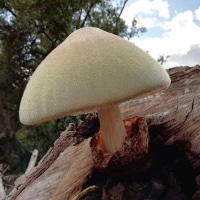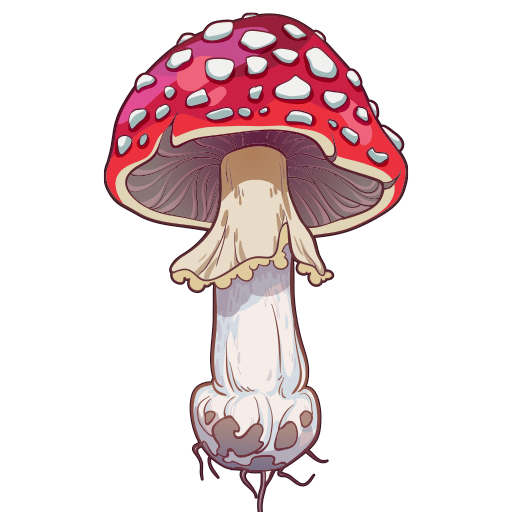
The bigleaf maple (Acer macrophyllum) plays a significant ecological role in the forests of the Pacific Northwest United States. This species is second only to the red alder among native hardwoods in the region in terms of abundance and commercial importance (1). Native to low to middle elevations from San Diego to Vancouver Island, it is predominantly found in the Puget Sound region of Washington and the Northwest region of Oregon, representing about 10% of the total hardwood volume in Washington state.
Ecologically, bigleaf maple is highly adaptable, growing as a dominant, codominant, or intermediate tree in various forest stands. It is tolerant and often establishes in forest understories, capable of rapid growth when exposed to sunlight due to openings in the overstory (2). This maple plays a vital role in forest succession, increasing in abundance during intermediate to late stages. It often follows willow and alder in riparian succession and can replace oaks and Pacific madrone on drier upland sites. Moreover, it thrives after disturbances, like cutting or burning, stimulating basal sprouts that can dominate other vegetation (3).
Bigleaf maple associates with a diverse range of flora, including Douglas-fir, grand-fir, red alder, and others. It supports abundant epiphytic growth such as mosses and lichens, which are crucial for the local ecosystem. The decay of these epiphytes builds canopy soil on the tree, providing moisture and nutrients for other species and contributing to nutrient cycling through epiphytic litterfall (4).
The tree is remarkably versatile, growing in climates ranging from the cool, moist conditions of the Olympic Peninsula to the warmer, drier conditions of southwestern Oregon. It typically grows at low to middle elevations but can be found at higher elevations in southern California and rarely above 1000 ft in the northern end of its range (5).
The bigleaf maple is also ecologically important for wildlife. Deer and elk browse its leaves, twigs, and seedlings, while squirrels, chipmunks, and birds such as the evening grosbeak feed on its seeds. The tree’s role as a host for epiphytes like mosses, lichens, and ferns contributes significantly to the ecosystem, creating habitats for various species and enriching the soil with organic matter from the decay of these plants (6).
Recent studies, however, have raised concerns about the dieback of bigleaf maple in the region, with about 22% of maples showing symptoms of dieback in a study from western Washington. This dieback, potentially linked to environmental variables like vapor pressure deficits and higher temperatures, poses a significant concern given the tree’s ecological, economic, and cultural importance (7).
In summary, the bigleaf maple is a keystone species in the Pacific Northwest, playing a critical role in forest ecology, supporting a diverse range of plant and animal life, and contributing to the region’s biodiversity and resilience.
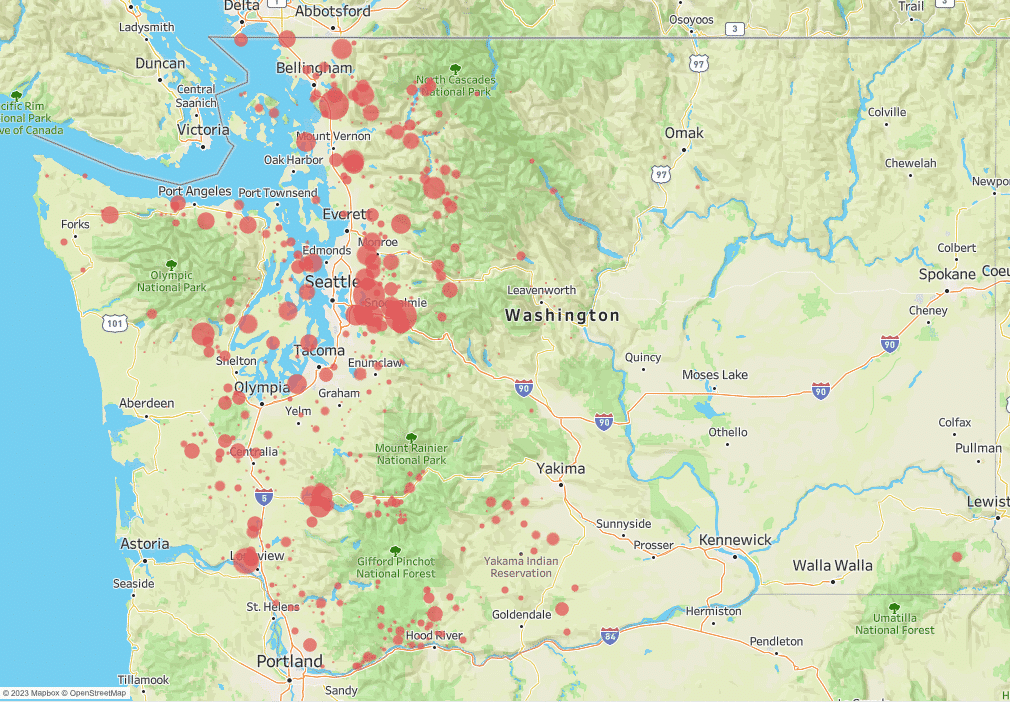
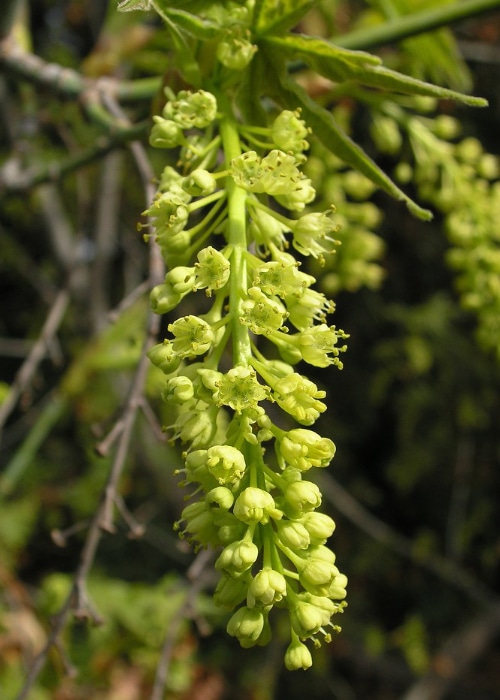
Flower
- Yellow
- 4-6 inch long bunches
- Male and female grow together
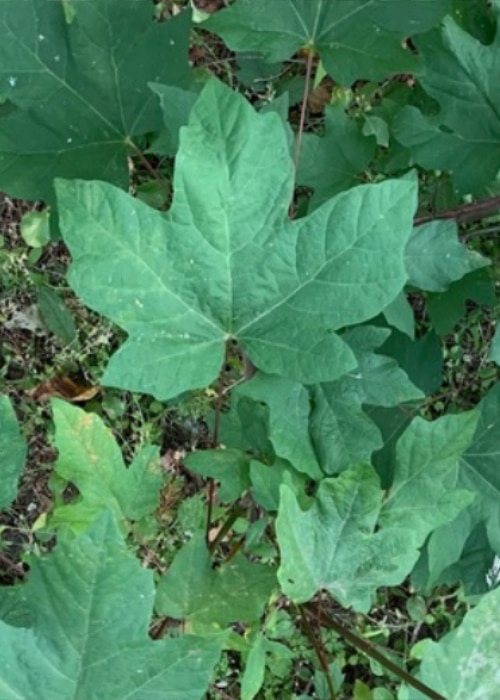
Leaves
- 6-12 inches in diameter
- 5 deep lobes
- Stems leak a milky sap when cut
- Green when growing
- Yellow-green to orange when dying
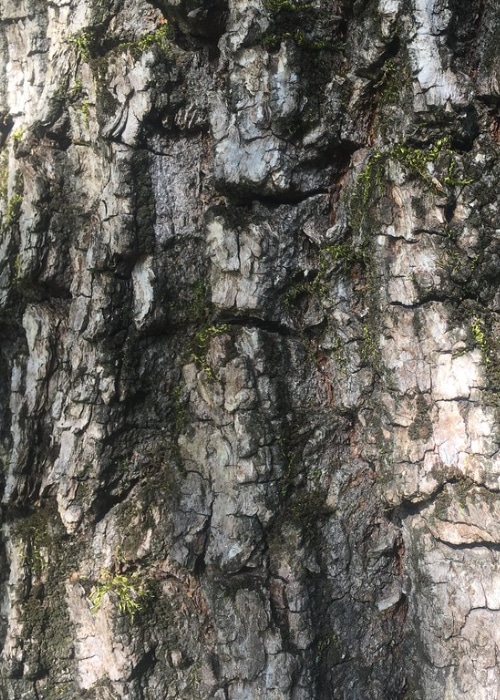
Bark
- Light gray-brown and smooth when young
- Darker color when older
- Interlacing ridges and furrows when older

Where are the Big Leaf Maples?
Public Domain: US Geological Survey
Morchella brunnea
M brunnea seems to be found most often with deciduous trees including bigleaf maple
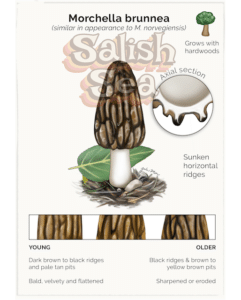
Mushrooms Associated with Big Leaf Maple
Agrocybe acericola
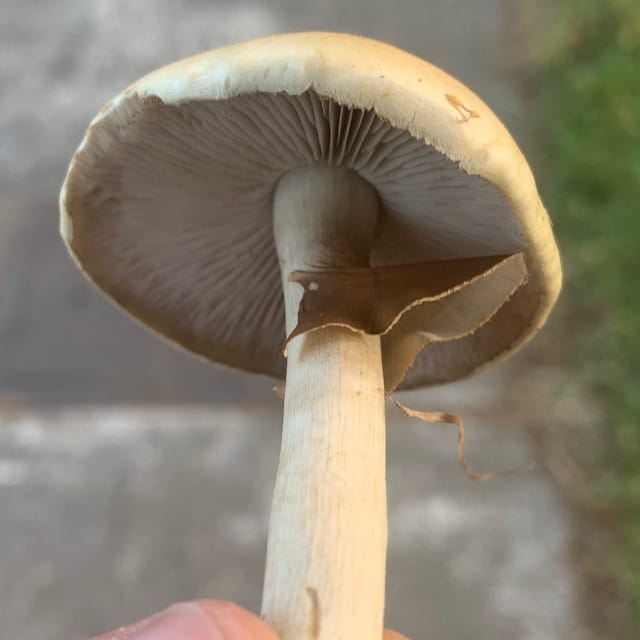
Armillaria ostoyae
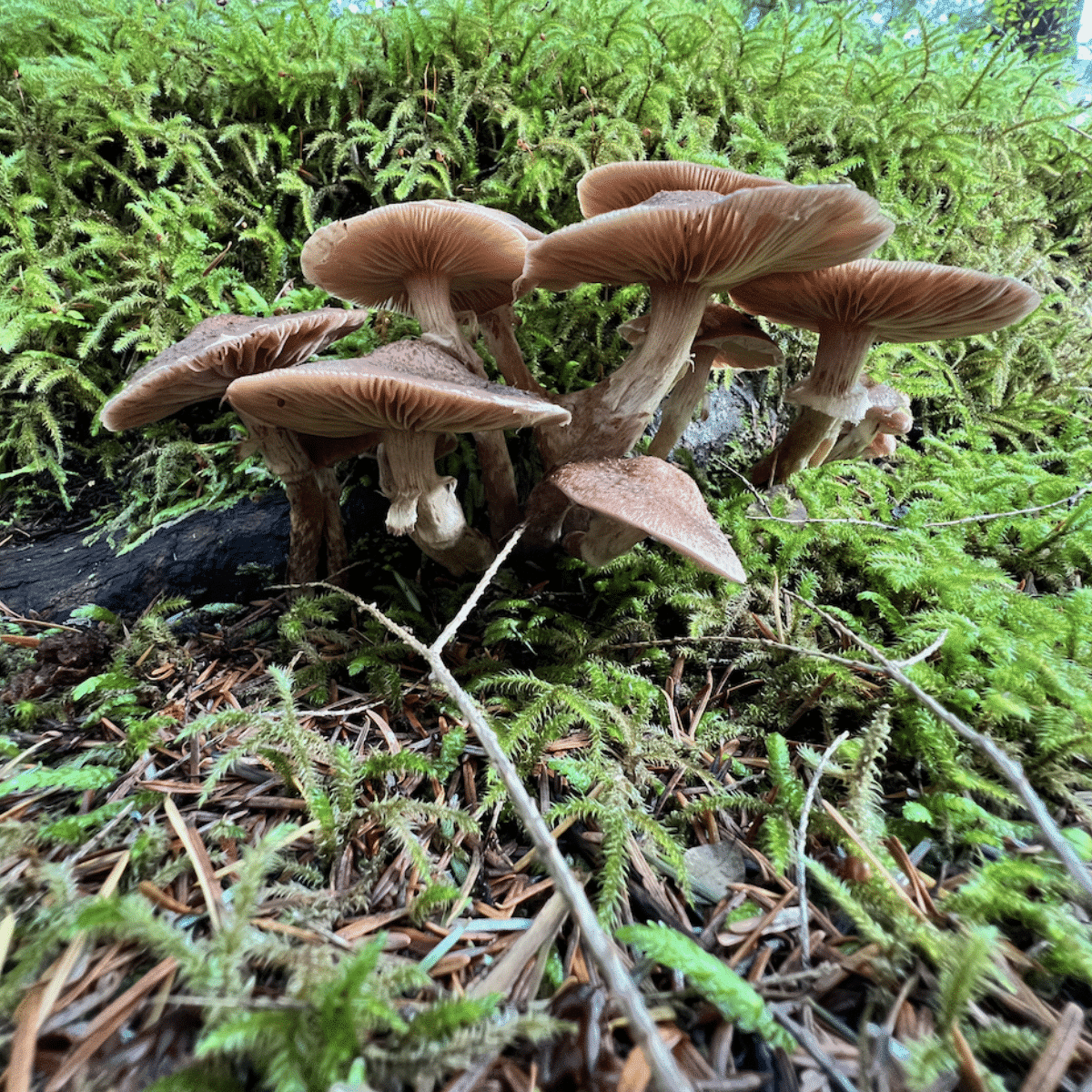
Clitocybe americana
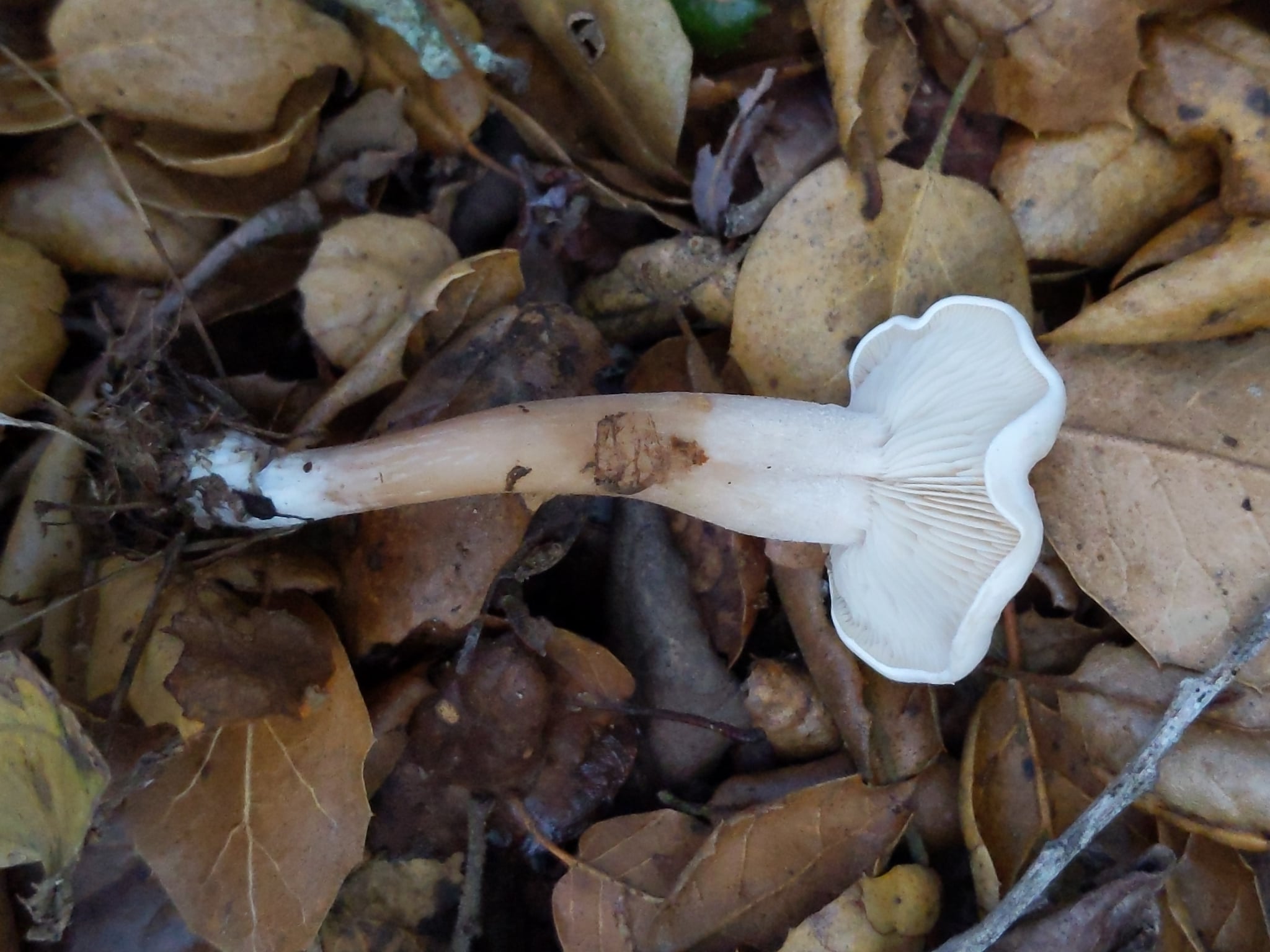
Coprinopsis lagopides
Cortinarius
Cortinarius californicus
Cortinarius iodeoides
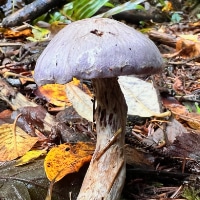
Cystoderma carcharias
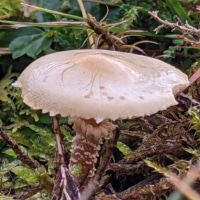
Entoloma lividoalbum
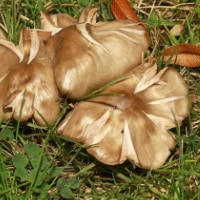
Fomes fomentarius
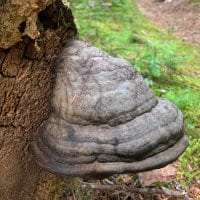
Hemistropharia albocrenulata
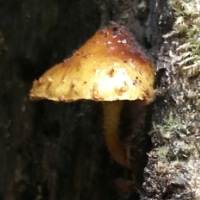
Infundibulicybe gibba
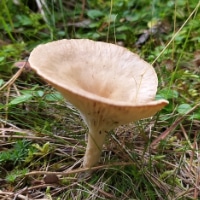
Leptonia convexa
Morchella americana

Myxarium atratum
Ossicaulis lignatilis
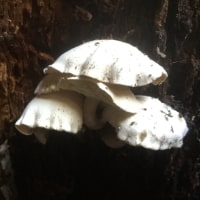
Oxyporus populinus
Pholiota
Pholiota adiposa
Pholiota limonella
Pholiota squarrosoides
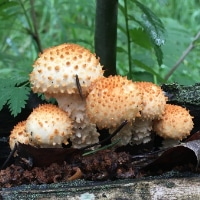
Ramaria
Ramaria magnipes
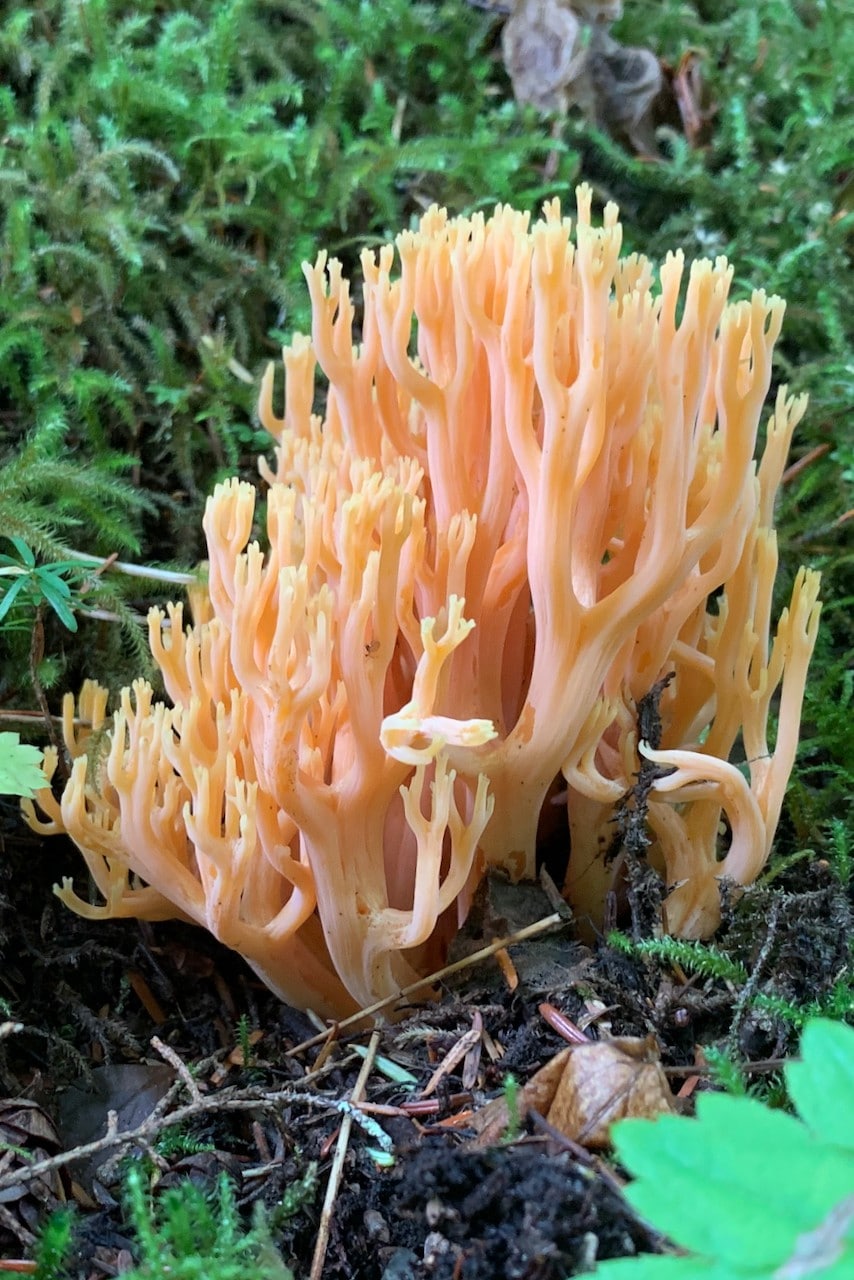
Russula
Russula gracilis
Russula murrilii
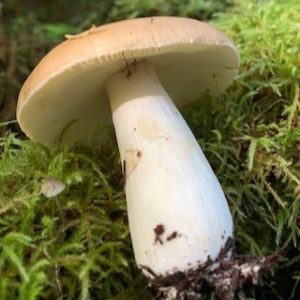
Volvariella bombycina
